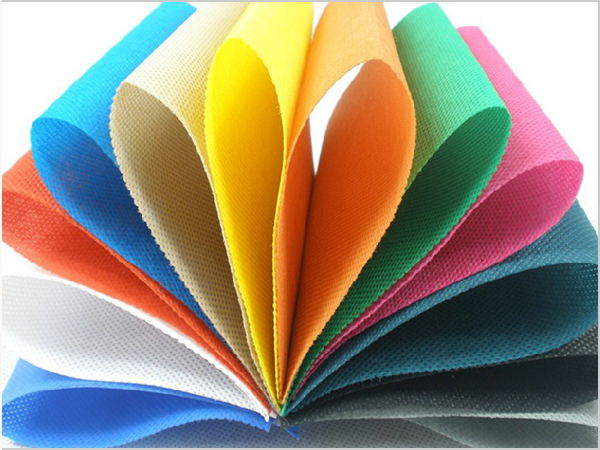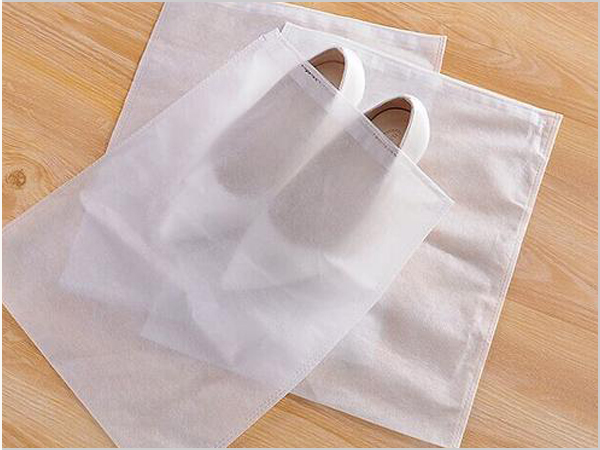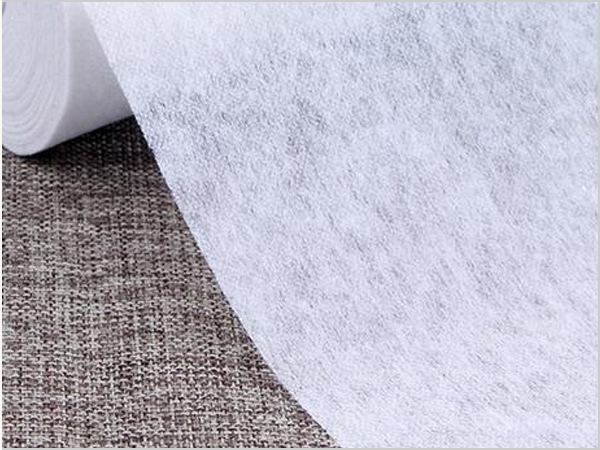- Why can spunbond nonwoven fabric dominate the market?
- Foreign trade exports are moving forward under pressure, with both resilience and challenges coexisting
- Explore the environmental protection characteristics and application fields of PP non-woven fabric
- The rise of the Latin American market is expected to become a new growth pole for China's textile foreign trade
- The production process of spunbond nonwoven fabric determines its unique characteristics!

- Telephone: 0551- 66779966
- Cellphone: 18955130444
- Email: 58792982@qq.com
- Address: Building 1-2, East of Wubu Village Section, Hehuai Road, Wushan Town, Changfeng County, Hefei City, Anhui Province
As the deadline for Trump to suspend the so-called "reciprocal tariffs" approaches, exports from several Asian economies to the United States have soared, thereby causing the trade deficit between the United States and the Asian region to continue to expand.
On June 23rd, it was reported that Vietnam, Thailand, Taiwan of China and South Korea all set or approached new export records to the United States in May, indicating that enterprises are racing against time to deliver goods to the United States to avoid possible high tariffs.
This round of export surge is expected to be reflected in the US trade data for May this week. The market predicts that the US trade deficit in May will reach 91 billion US dollars, pushing the total deficit so far in 2025 to approach 643 billion US dollars, far exceeding the historical record for the same period.
Some analyses point out that if Trump imposes historically high tariffs on Asian economies in early July, the current surge in exports may reverse rapidly, thereby impacting the economic growth of the entire region. Apec has lowered its GDP growth forecast for this year from 3.3% in March to 2.6% due to trade tensions.
Exports of major Asian economies have seen record growth
It is reported that according to the data released in the past few weeks, Vietnam, Taiwan of China and Thailand's exports to the United States all reached record highs in May. Among them, Vietnam and Thailand's exports to the United States soared by 35% year-on-year, and Taiwan's exports to the United States even soared by nearly 90%.
It is worth noting that South Korea's exports to the United States in May were also close to record levels. In addition, customs data released on Monday showed that South Korea's exports in the first 20 days of June increased by 8.3% year-on-year, among which exports to the United States rose by 4.3%.
The significant growth pattern of Asian economies' exports to the United States has overturned the historical pattern.
Under normal circumstances, Asian suppliers will increase their exports to the United States before the end of the year to prepare for the Christmas holiday, making trade more active in the second half of the year. However, the threat of new tariffs that may be implemented in early July forces enterprises to ship goods to the United States as soon as possible.
Declaration: The content of this article is compiled from the Internet and the copyright belongs to the original author. If there is any infringement, please inform us in time and contact us for deletion.
- Why can spunbond nonwoven fabric dominate the market?
- Foreign trade exports are moving forward under pressure, with both resilience and challeng
- Explore the environmental protection characteristics and application fields of PP non-wove
- The rise of the Latin American market is expected to become a new growth pole for China's
- The production process of spunbond nonwoven fabric determines its unique characteristics!
- The global trade landscape is undergoing significant changes in 2025
- The 11th China International Silk Conference was held in Shengze
- What are the core advantages of spunbond nonwoven fabric?
- What are the magical aspects of the manufacturing process of spunbond nonwoven fabric?
- The textile industry is enjoying dual policy benefits



